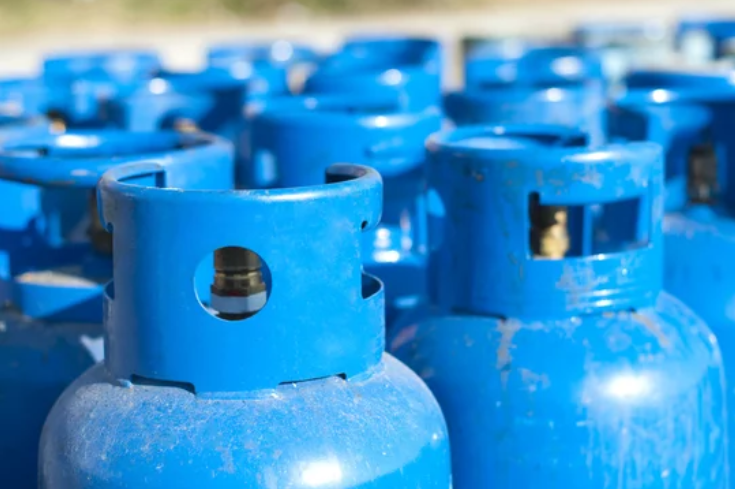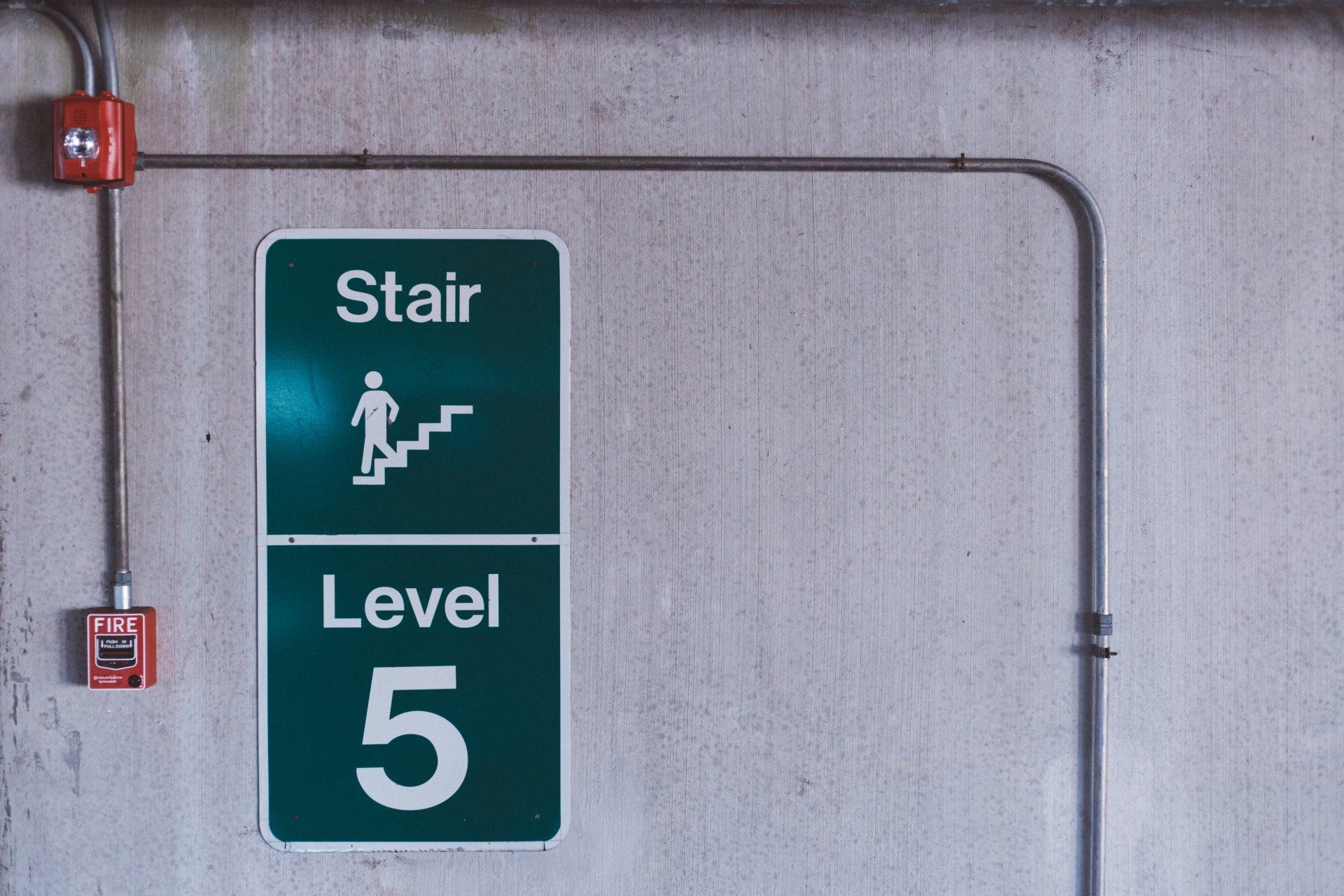Building Safety Bill Passes into Law
Building Safety Act 2022
The long-awaited Building Safety Bill, initially announced back in July 2020, and after months of debates, amendments, and review, the Bill has finally been put through its last stage of parliamentary examinations and has now received Royal Assent, making it law.
But why did we need the Building Safety Bill? What does the new bill mean? And what does it mean for you?
Why did we need it?
When the bill was first announced, then-Housing Secretary Robert Jenrick described the new bill as the next “key step in an extensive overhaul to building safety legislation” which would create “lasting generational change and a clear pathway for the future on how residential buildings should be constructed and maintained”.
The main objectives of the Building Safety Bill largely reflect the consequences and lessons learned from the Grenfell Tower fire back in 2017. The review carried out by Dame Judith Hackitt revealed that the accountability and responsibilities surrounding fire and structural safety throughout the lifecycle of a building were not sufficient. The new bill establishes greater accountability and clarifies responsibilities for the fire and structural safety of a building throughout its lifecycle.
Essentially, standards and requirements are to be clearly stated, with responsibilities and obligations more clearly defined. This will allow for more effective action to be taken when standards are not met, and people are put at risk.
What does it say?
The Building Safety Bill’s aim is to give residents of buildings more power to hold builders and developers accountable, as well as impose heavier sanctions on them if their safety is threatened. A Building Safety Regulator will oversee the arrangements and are responsible for managing and resolving any building safety risks in new or existing residential buildings of 18m or seven storeys and above. The HSE has been established as the Building Safety Regulator, so will be responsible for reinforcing and overseeing the “safety and performance of all buildings”.
The safety risks presented by these buildings will be considered carefully at designated points during the design, construction, and completion phases of a building to ensure that risks are identified as early as possible. Clear records and obligations are to be recorded throughout the lifecycle of a building to ensure that the newly raised standards are being met on an ongoing basis.
The bill will also make developers and industry stakeholders responsible for and remedial actions required for defective buildings, taking this responsibility away from the leaseholder.
Fire Safety Reforms
Included in the Bill are provisions to strengthen the new Fire Safety Act 2021 in order to ensure compliance is stronger and that action can be more effectively enforced when required.
The updated requirements include:
- The Responsible Person must record their fire risk assessment.
- The Responsible Person must not appoint a person to assist them with making or reviewing a fire risk assessment unless that person is competent.
- The Responsible Person must record their fire safety arrangements.
- For buildings consisting of two or more sets of domestic premises, the Responsible Person(s) must provide specific fire safety information to residents about relevant fire safety matters, and must keep records of the relevant fire safety matters.
- The Responsible Person must take reasonable steps to identify themselves to all other Responsible Persons in the same premises, inform them of their name and UK address and the part of the premises they consider themselves to be Responsible Person for and keep a record of that information.
- Departing Responsible Persons must provide specific relevant fire safety information they hold to incoming Responsible Persons for premises or parts of premises for which they are responsible, keeping records of the fire safety information.
- For higher-risk buildings in England, the Responsible Person must identify and co-operate with Accountable Persons in the same premises to enable them to carry out their duties under the Building Safety Bill.
- Increased financial penalties of unlimited fines apply for the criminal offences of impersonating an inspector, failing to comply with any requirements imposed by an inspector, and failing to comply with requirements relating to the installation of luminous tube signs.
- Article 50 of the FSO (recently amended by the Fire Safety Act 2021) which relates to the provision of guidance for Responsible Persons, be amended to expressly provide that the Court may take compliance or non-compliance with such guidance into account when considering offences of breach of the Order.
How does this affect you/schools?
Any existing, new, or planned buildings that meet the 18 metre or seven storey height specification will be directly affected by the new bill.
Owners of buildings are given new responsibilities to manage buildings safety risks throughout the lifecycle of a building, including regular engagement with resident parties.
What about buildings under 18 metres in height? The Government has recently introduced the Fire Safety Act 2021 which makes clarifications on the responsibilities and duties related to external walls, balconies, windows, and communal spaces. Look out for our next update which will take a look at the specifics of these new regulations and how they protect you and your business.
Got any questions about the new Building Safety Act?
Click here to contact us and we'd be happy to help.













